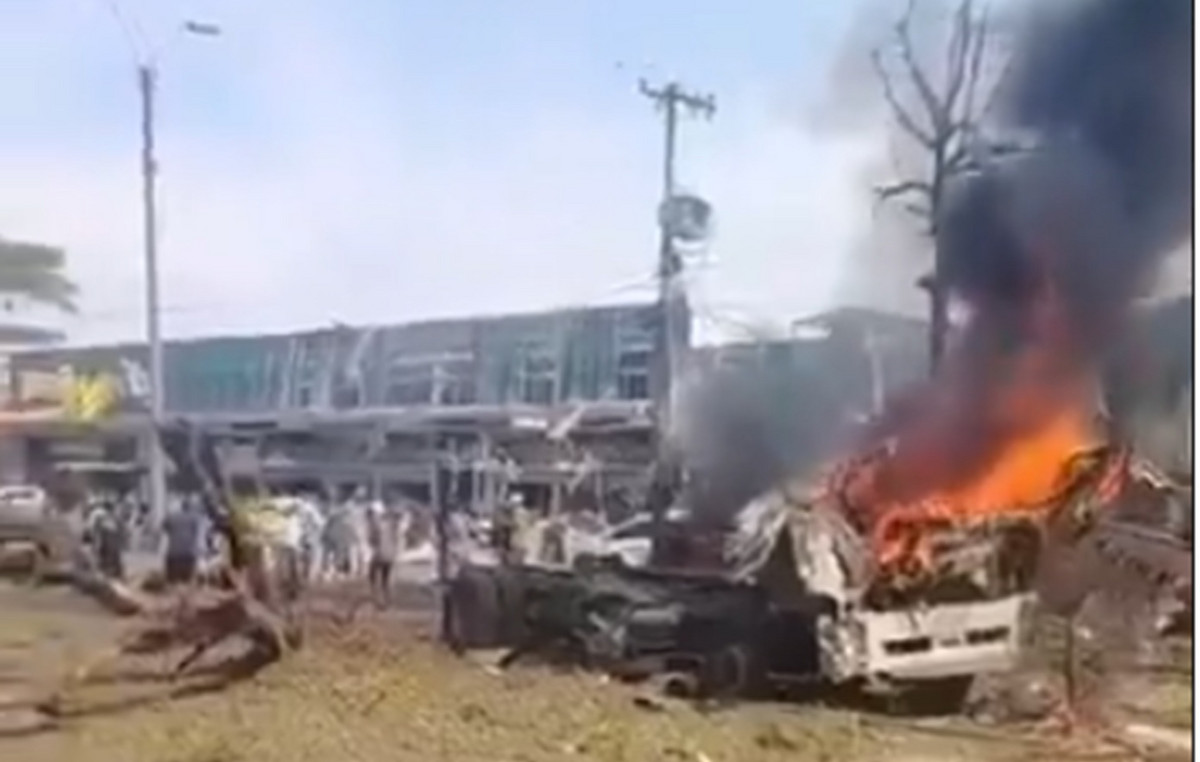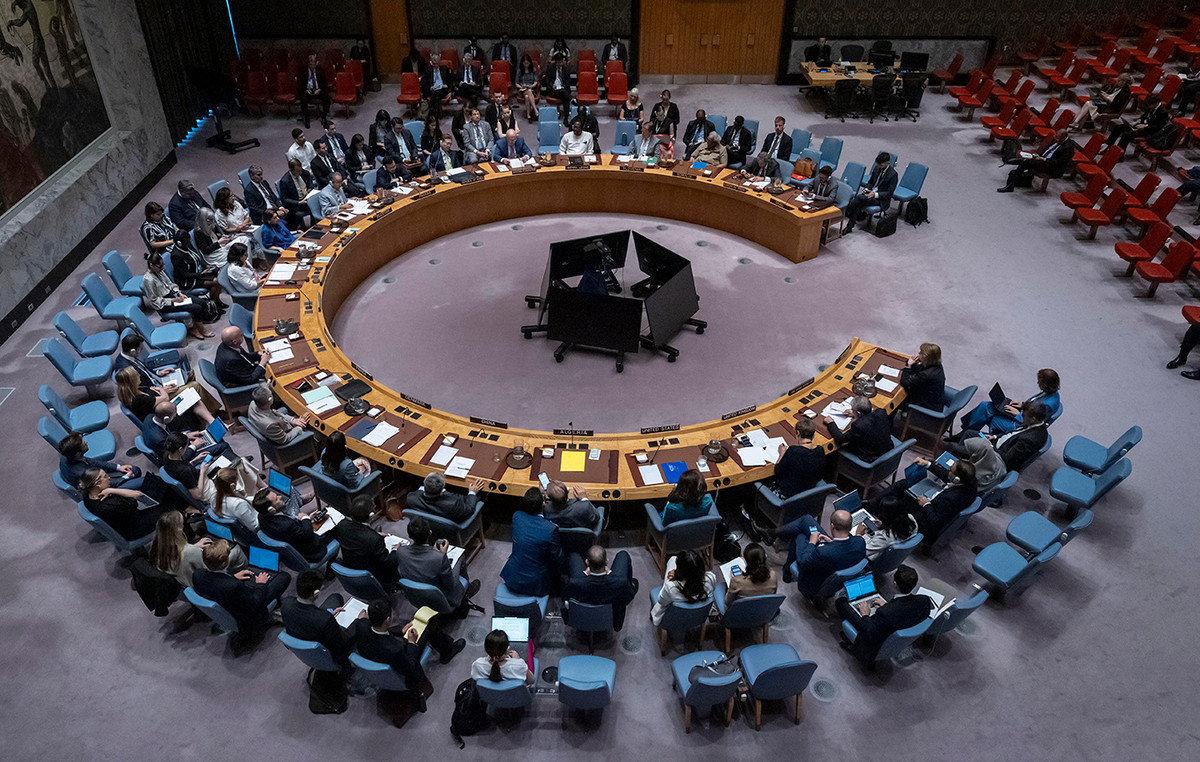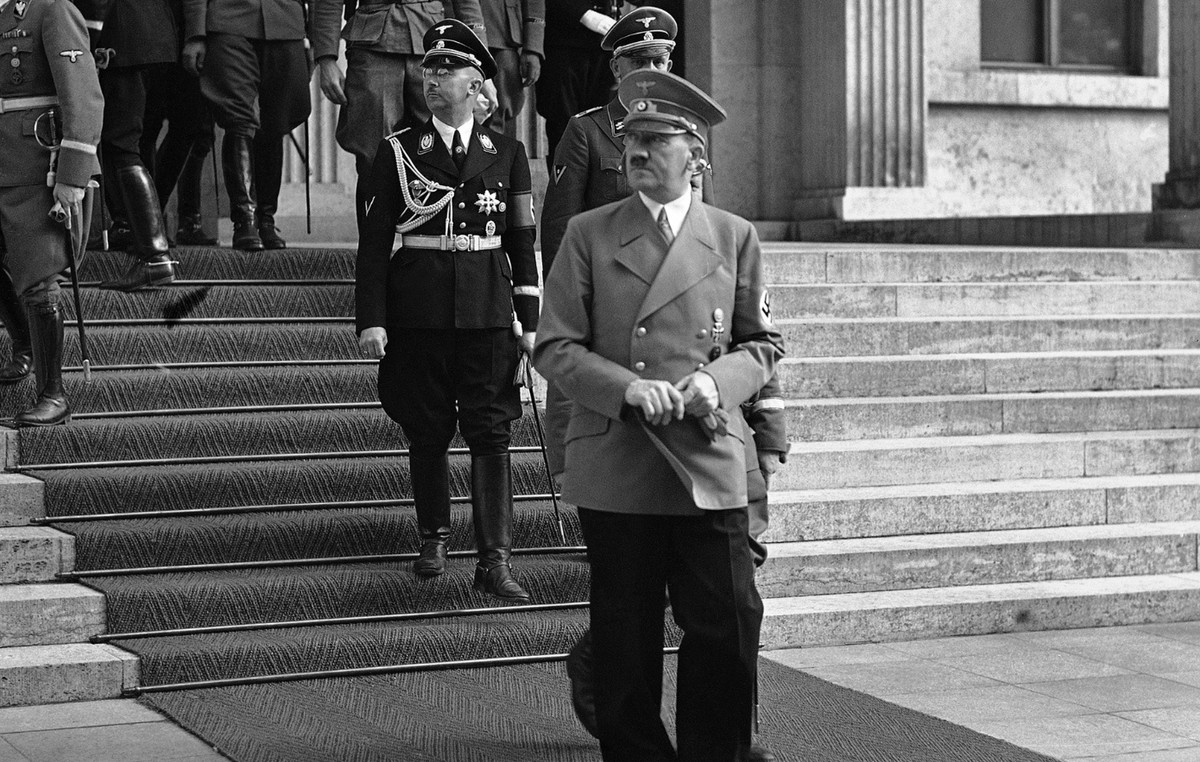The second phase of the Russian invasion of Ukraine – an offensive in the eastern Donbass region – is underway. The question is whether this will be more successful and competent than phase one, and whether Ukraine will have enough troops and weapons to stop or even block it.
Russian Foreign Minister Sergey Lavrov said on Tuesday that the operation in Donbass is “a very important moment of this whole special operation”.
The Russian objective is clear and publicly stated: to secure Ukraine’s eastern regions of Donetsk and Luhansk – parts of which Russian-backed separatists have controlled since 2014. A second objective is to crush what’s left of the resistance in the port city of Mariupol to consolidate a land bridge linking Russia’s Rostov region to Crimea, which Russia took from Ukraine eight years ago.
For these purposes, Russian forces that were deployed north and east of Kiev were redeployed and, in some cases, reconstituted after suffering heavy losses.
Now these forces – and new units – are gathering in Ukraine from the northeast of the country. US officials estimate that Russia has deployed around 78 battalions of tactical groups in eastern Ukraine – probably around 75,000 troops. More are being assembled in Russian border regions.
So far, their tactics have been taken straight from the Russian playbook: massive use of artillery, rocket and missile systems followed by advancing armor. Cities in Luhansk such as Severodonetsk, Popasna and Rubizhne were reduced to rubble, with power, gas and water supplies being destroyed.
But Russian progress on the ground has been modest. This could be a result of not having had time to regroup after attacks that took place in February and March.
The Institute for the Study of War (ISW) says that “Russian forces did not take the operational break that was likely necessary to properly reconstitute and integrate the damaged units withdrawn from northeastern Ukraine into operations in eastern Ukraine.” .
US officials estimated that Russia lost up to 25% of the combat firepower it had before the invasion.
Surrounding Donbass
The analysis of CNN of satellite imagery, dozens of social media videos and statements from both sides suggest that the Russians are trying to advance along three axes.
Imagine Donbass as a square: Russian forces have already reached three sides – leaving only the west open to the Ukrainians for reinforcements and, if necessary, retreat.
From the south and east, Russian units have advanced only a few kilometers this month at best. In the south, they had already made progress in the Zaporizhzhia region, neighboring Donetsk. This week, they started bombing villages inside Zaporizhzhia.
From the north, after taking the city of Izium earlier this month, they’ve made little progress.
What is unclear at this stage is whether the Russians can and will change strategy, and whether a better coordinated offensive is on the way. The Kiev report suggests otherwise, but US officials believe that, for now, Russia is still carrying out “modeling operations.” […] to ensure they have logistics and support in place.”
Even so, the Institute for the Study of War reckons that “the Russian military is unlikely to have addressed the root causes – poor coordination, inability to conduct cross-country operations, and a weakened state of mind – that prevented previous offensives.”
Ukrainian tactics
The Ukrainians proved to be astute strategists in this conflict, ceding territory to preserve resources but using their knowledge of the land and their mobility to inflict losses on Russian units.
This week, Ukrainian units withdrew from the city of Kreminna in the Luhansk region when faced with overwhelming firepower.
Now they must decide whether to mount static defenses, which could lead to destruction or encirclement of units in the face of Russian artillery, rockets and armored attacks. The alternative is mobile defense – fighting and retreating from less vital terrain, hitting the Russians as they retreat, and then holding your lines on terrain of your choosing.
Simultaneously, the Ukrainians will attempt to disrupt Russian supply lines – sowing confusion while defying Russian logistics and mood. And the mood in some Russian units – redeployed for their second offensive in as many months – can be fragile.
One of the Russian targets is the city of Sloviansk, but the surrounding territory includes forests, rivers and swamps – difficult to navigate and requiring specialized equipment. Where the Russians are stuck on the roads, as it became clear north of Kiev, they are most vulnerable to both Ukrainian drones and light anti-tank missiles.
The Ukrainians are not just on defense either; in recent days, small units have made modest gains east and south of Kharkiv, potentially threatening Russian supply lines. If they can sustain that, the Russians would have to dedicate units to protect those lines.
There are already signs that Ukrainian special forces are operating behind Russian lines: last week, a road bridge on a main Russian route was blown up. There was also unexplained damage to a railway bridge within Russia, on the edge of Belgorod. The Russian military relies on railways for much of its logistics. In this aspect of the battle, Western intelligence support can play a critical role.
Another important aspect of the coming struggle is cultural. Ukrainian units enjoy some autonomy and are encouraged to exploit opportunities on the battlefield. Even in the absence of clear direction or orders, they are motivated to fight. In contrast, the Russian chain of command is rigid and the culture does not encourage entrepreneurship.
Even so, Ukrainians also face considerable risks. They are essentially fighting inside a box that could close if the Russians succeed in one or more directions. They will have to maneuver intelligently as they did in Kiev, constantly alert to the risk of being surrounded.
If Mariupol falls, the Russians can redirect the forces that dedicated themselves to this attack, but they have been degraded and exhausted by nearly two months of fighting.
Above all, in a race against time, Ukraine needs a constant replenishment of weapons and ammunition, much of which must now come from outside the country through a long, vulnerable supply line to be interdicted. They need more anti-tank weapons and mobile air defenses.
Counterattacks to stop the Russian offensive would need to be protected from the air.
On Tuesday, a high-ranking US official said Washington was working “round the clock” to bring weapons to Ukraine at “unprecedented” speed. The United States has authorized $2.3 billion in arms and equipment shipments to Ukraine since the invasion.
“What is unprecedented here is the number of successive shipments that we are moving at this speed,” the official said.
Aiming for ‘Victory Day’
Rumor has it that the Kremlin wants tangible progress by May 9, when Russia celebrates Victory Day, which marks the defeat of Nazi Germany in World War II. At the current rate of progress, this seems unlikely. A much bigger question is whether this conflict extends into the summer, in a terrible war of attrition.
The Russian military would have to rotate units, with limited reserves, to sustain a conflict that has already reached its ground forces. His calculation (and the Kremlin’s political strategy) will be affected by the effectiveness of the Ukrainian resistance and the ability of Western governments to supply Ukraine with more and better equipment.
Writing for War on the Rocks, Jack Watling of the Royal United Services Institute in London said: “Ukraine’s challenge bought time and opportunity not only to prevent further Russian gains in Donbass, but to shape the battle beyond that. If Ukraine’s allies act today, they can halt or at least prepare for the summer offensive.”
There is an urgency about resupply. Last week, the Biden administration authorized another $800 million security package, which included artillery and anti-artillery radars. On Tuesday, the president indicated that more is to come.
Ukraine will require offensive tools to punish any vulnerability in Russian lines, and that includes heavy armor (like battle-ready tanks) as well as a host of other systems.
Watling says there is no time to waste. “Providing Ukraine with tactical mobile air defense systems such as National would allow Ukraine to maneuver close to the Russian border and retake cities while attacking Russian supply lines.”
The National – or NASAMS – is an advanced, mobile surface-to-air missile system.
Western governments understand that this is a critical moment: raising the cost of Russia’s “special military operation” to the point of making it unaffordable. Ukrainians are clamoring for more and better weapons, especially as they try to keep their air force flying.
Even outnumbered and unarmed, they will need agility, determination and reinforcements to avoid the second phase of Vladimir Putin’s war against Ukraine.
Source: CNN Brasil
I’m James Harper, a highly experienced and accomplished news writer for World Stock Market. I have been writing in the Politics section of the website for over five years, providing readers with up-to-date and insightful information about current events in politics. My work is widely read and respected by many industry professionals as well as laymen.







